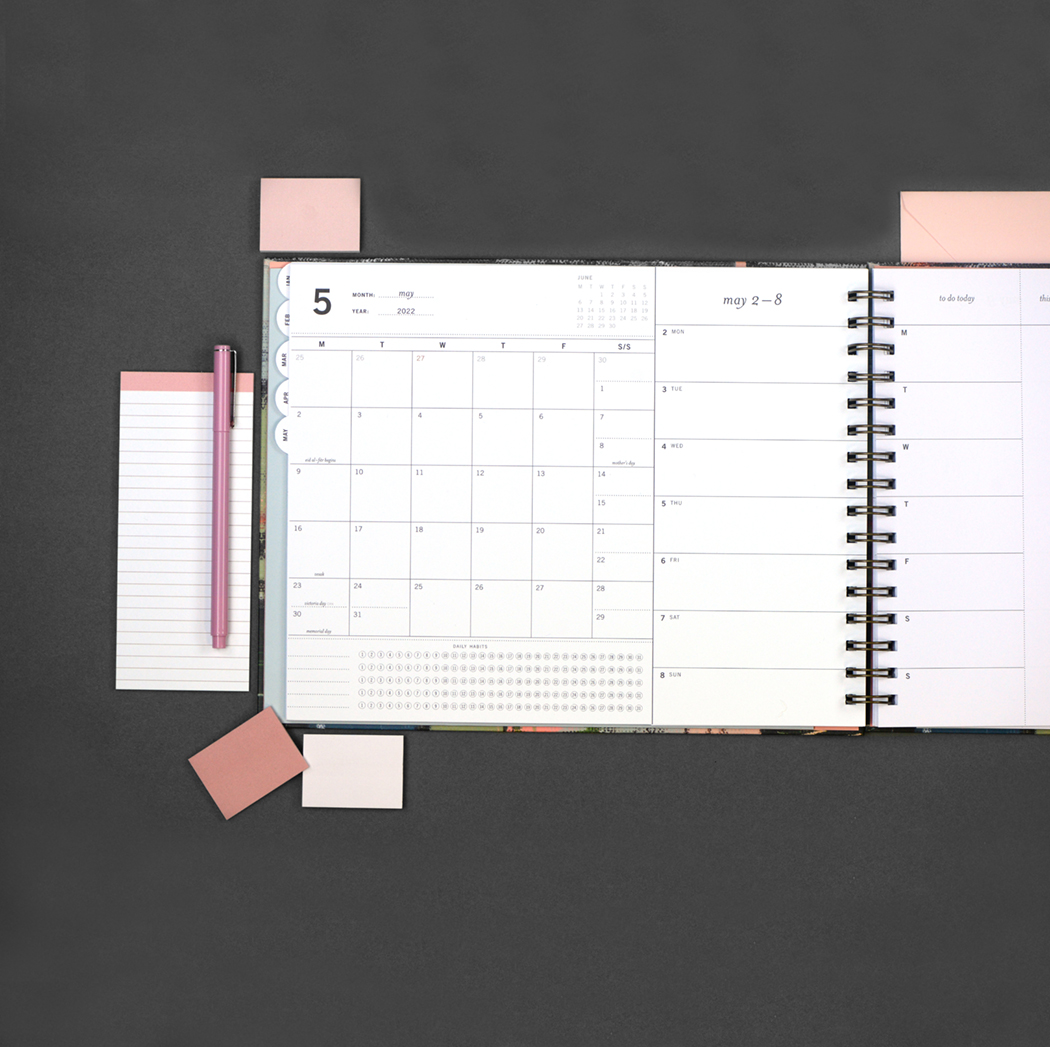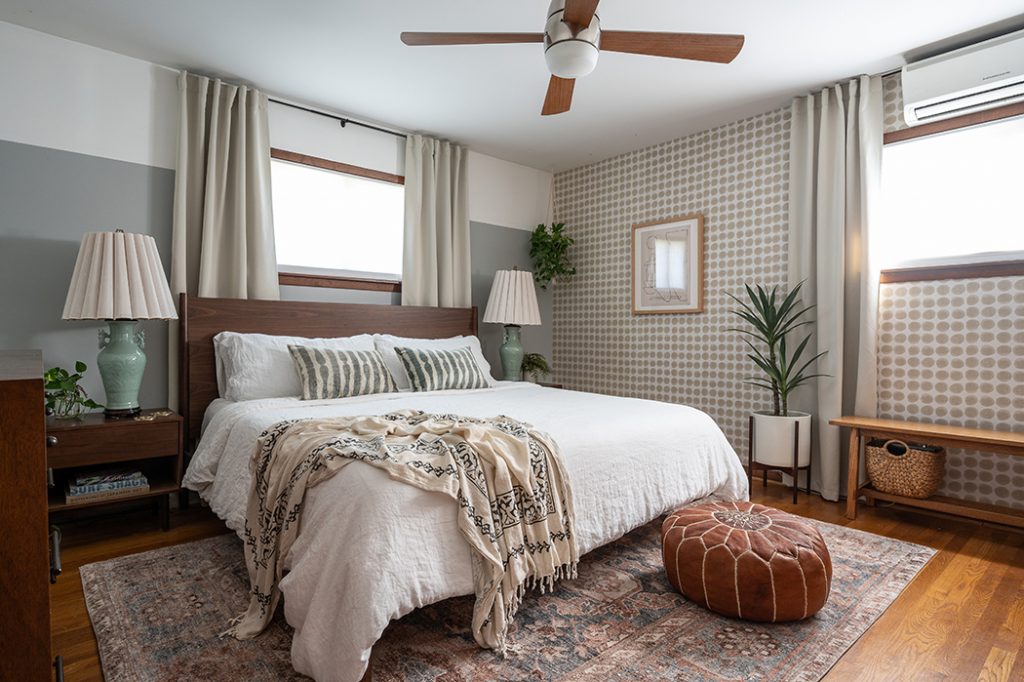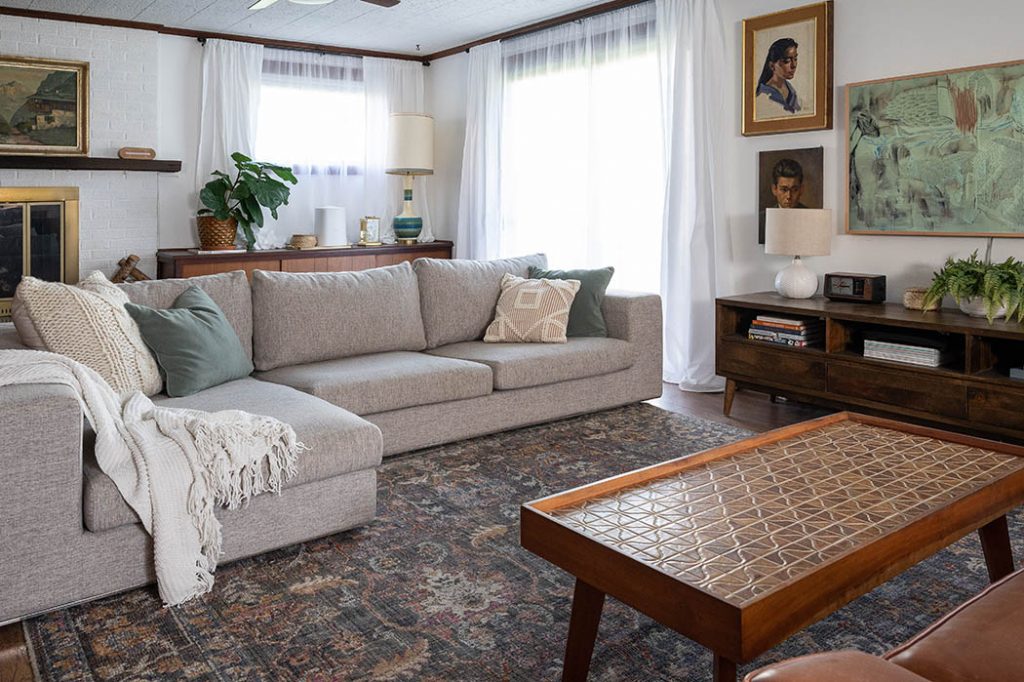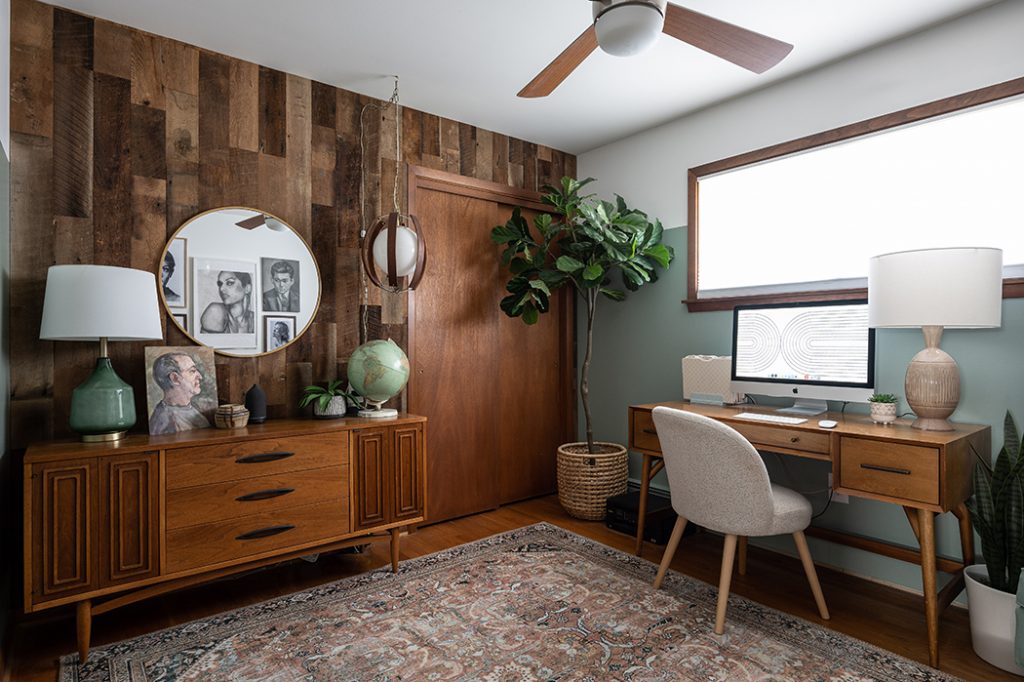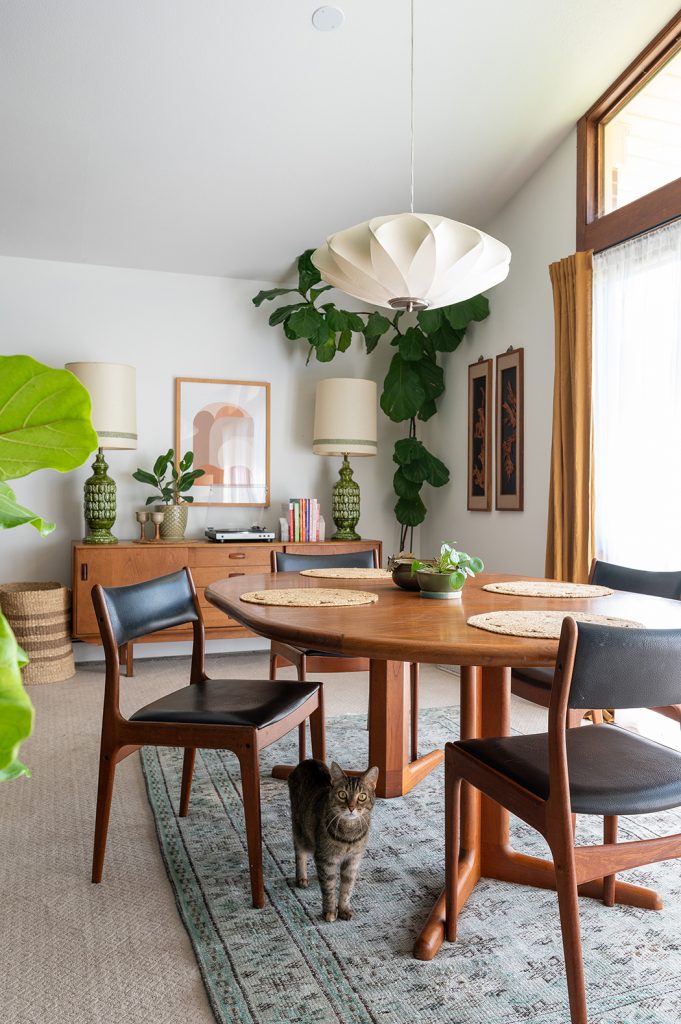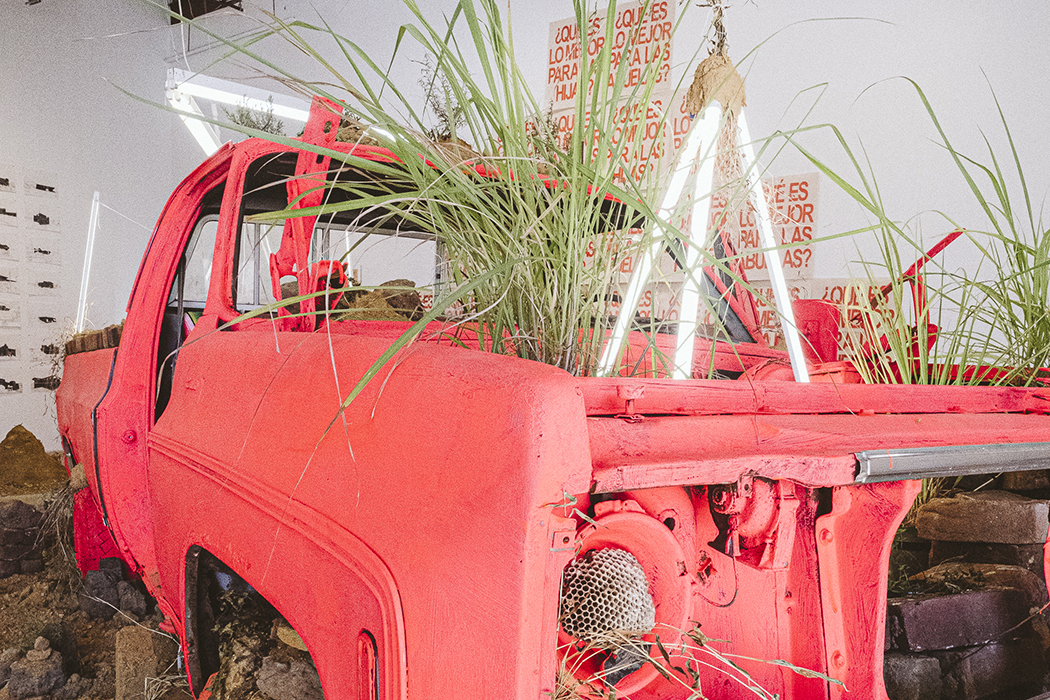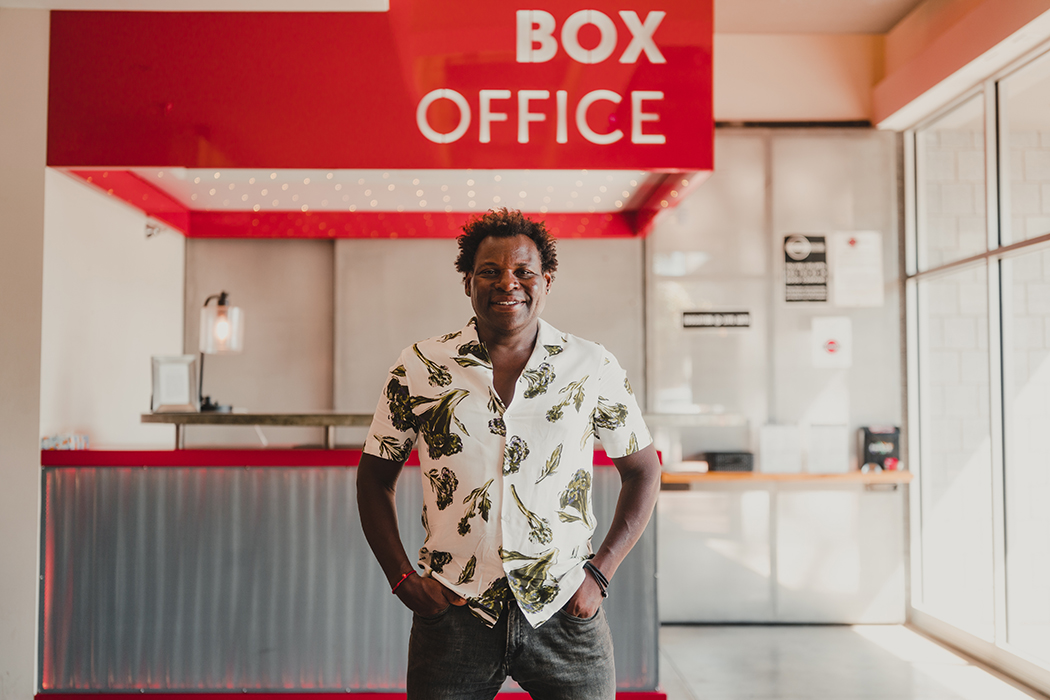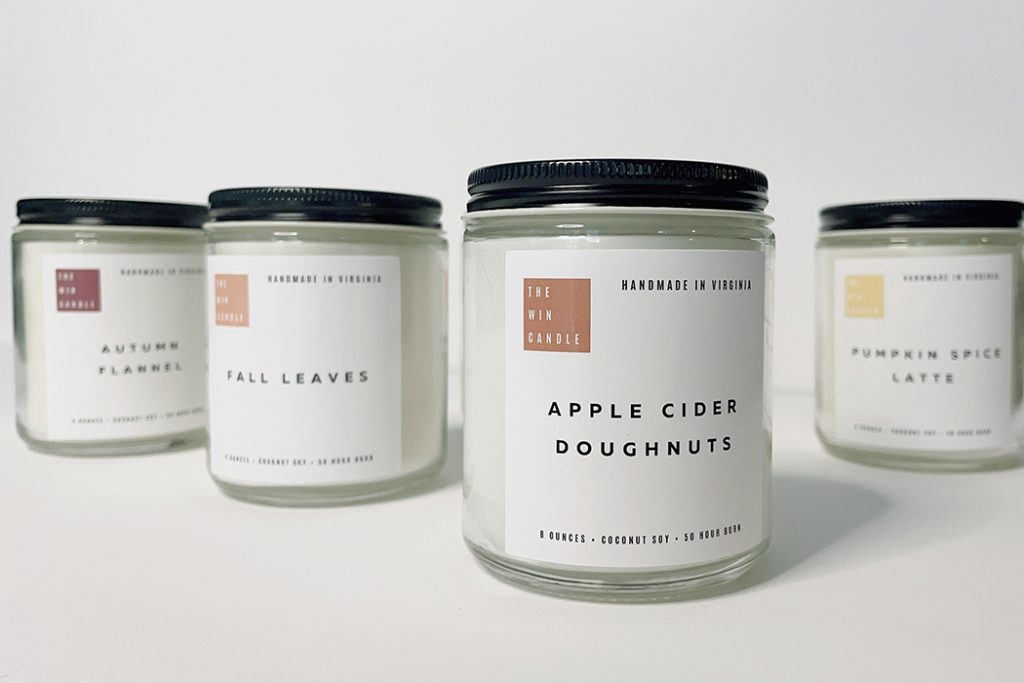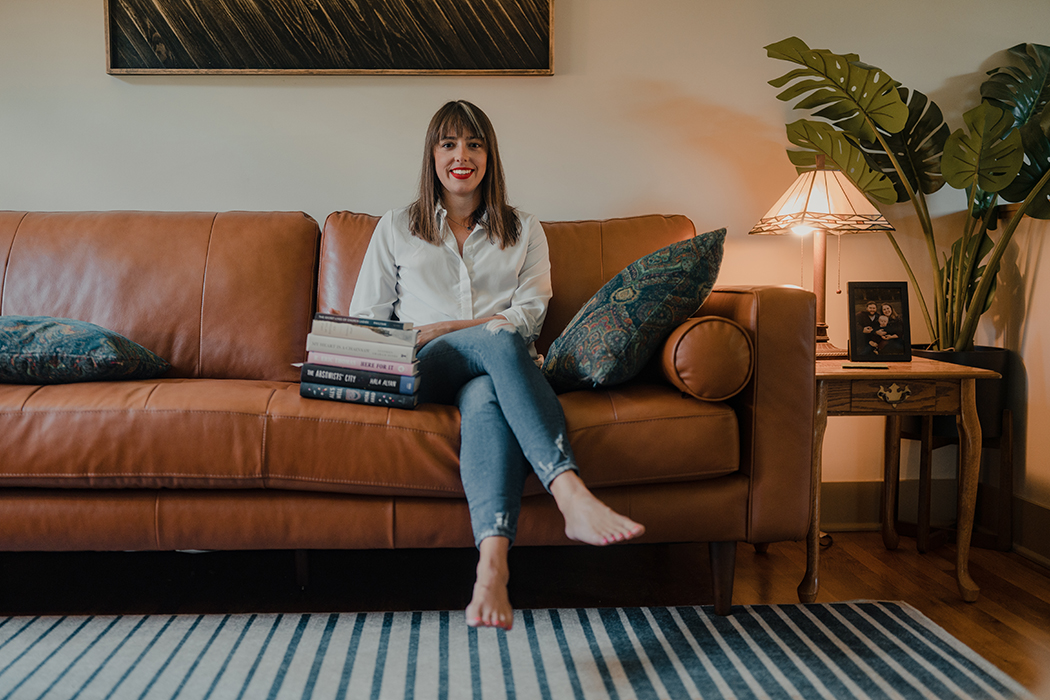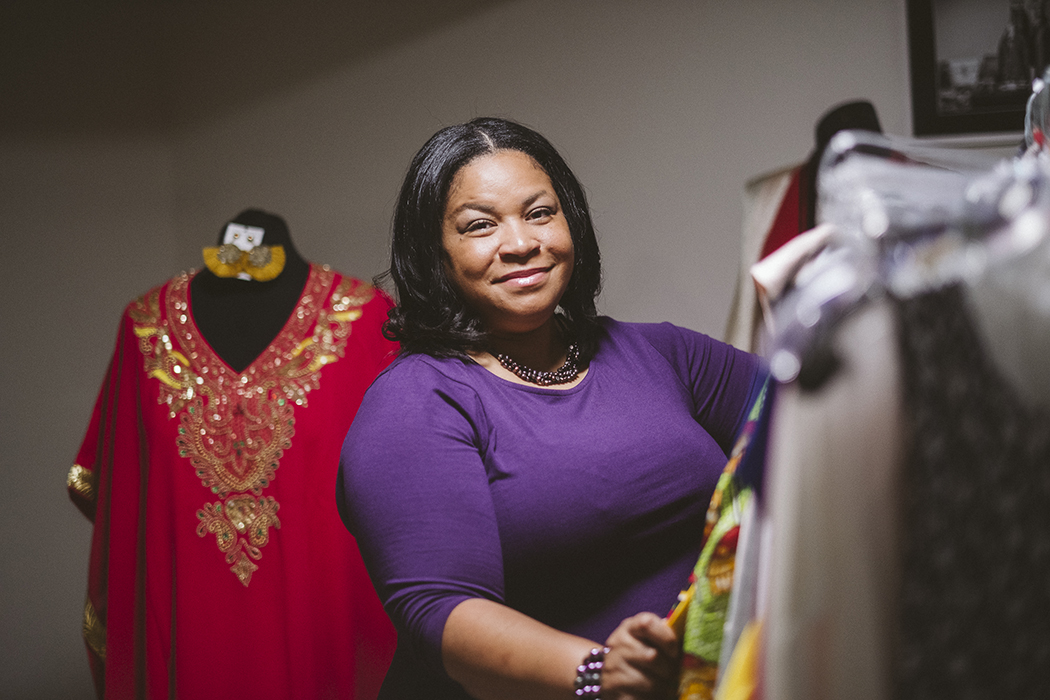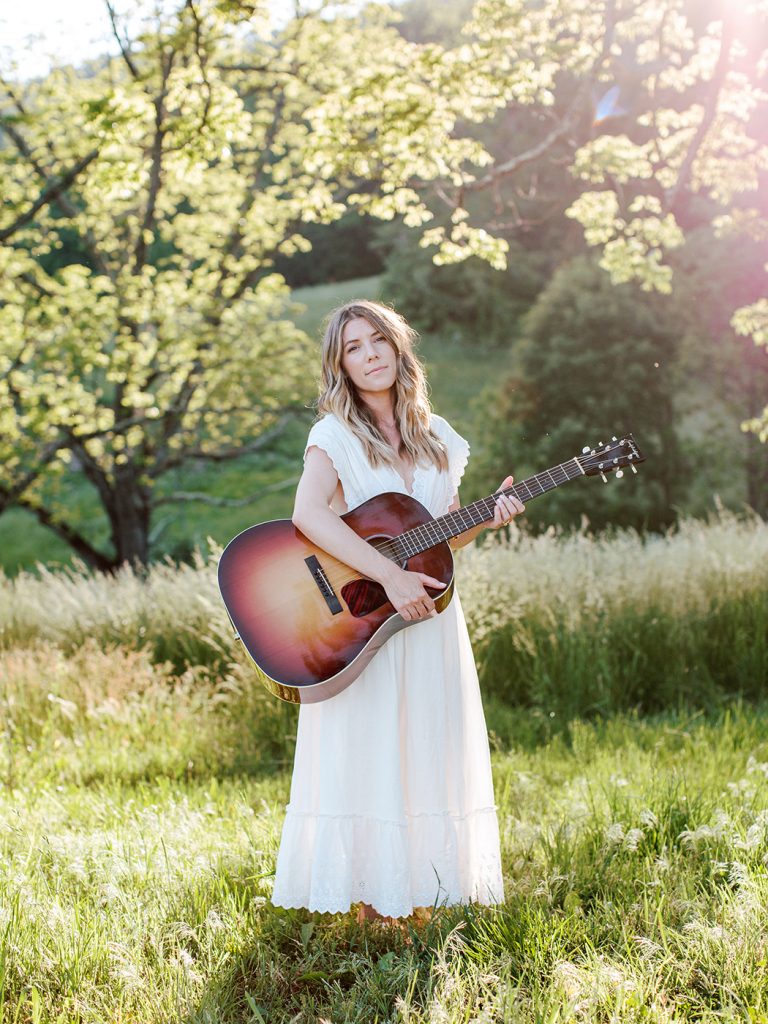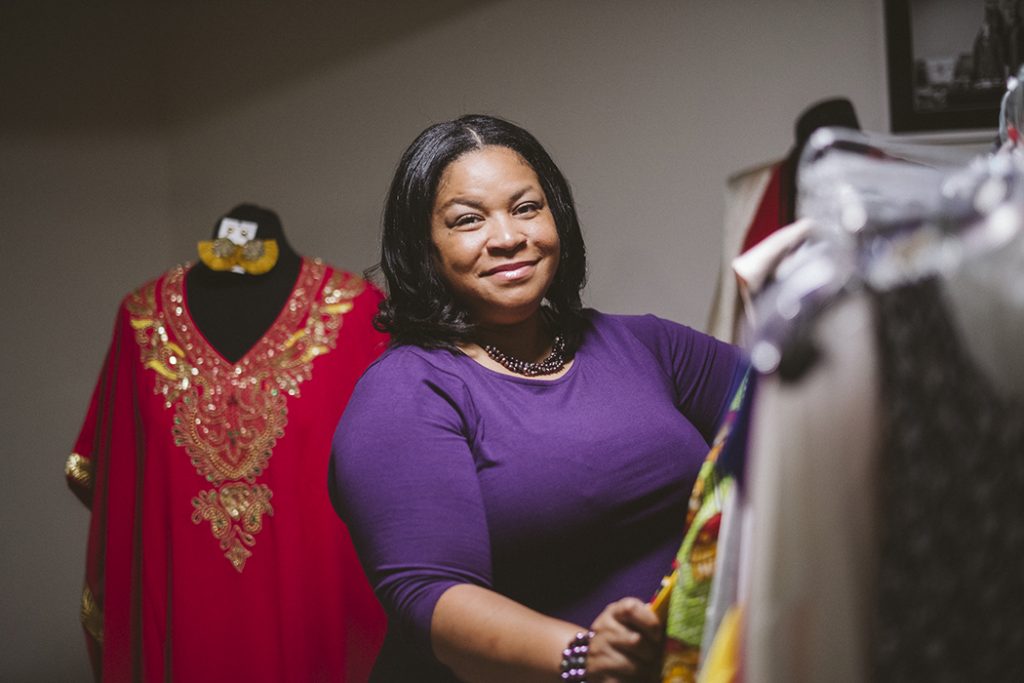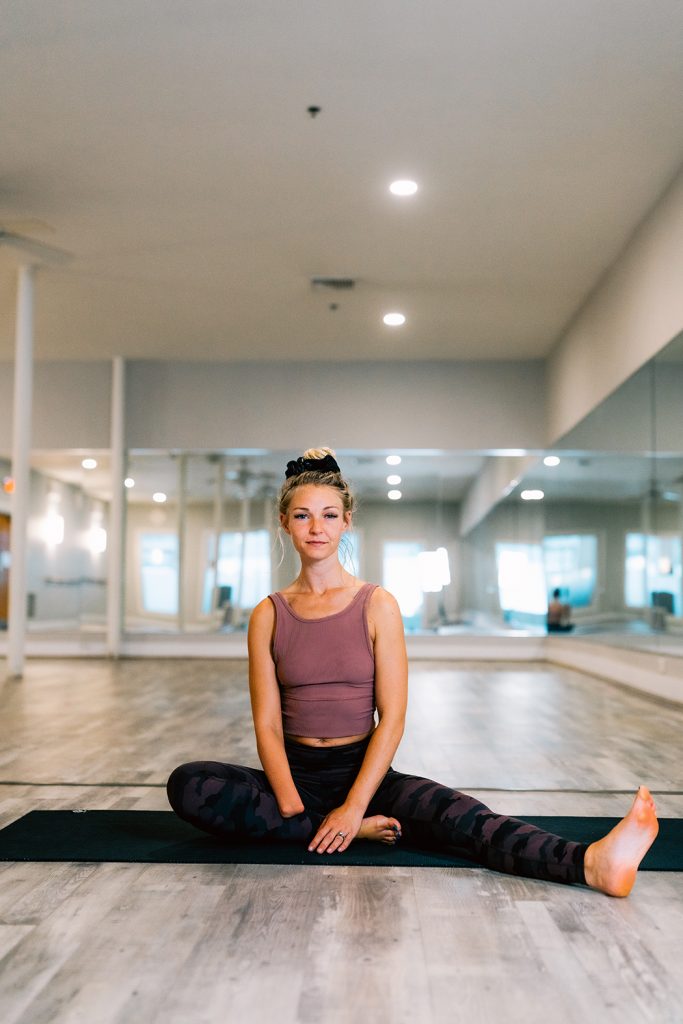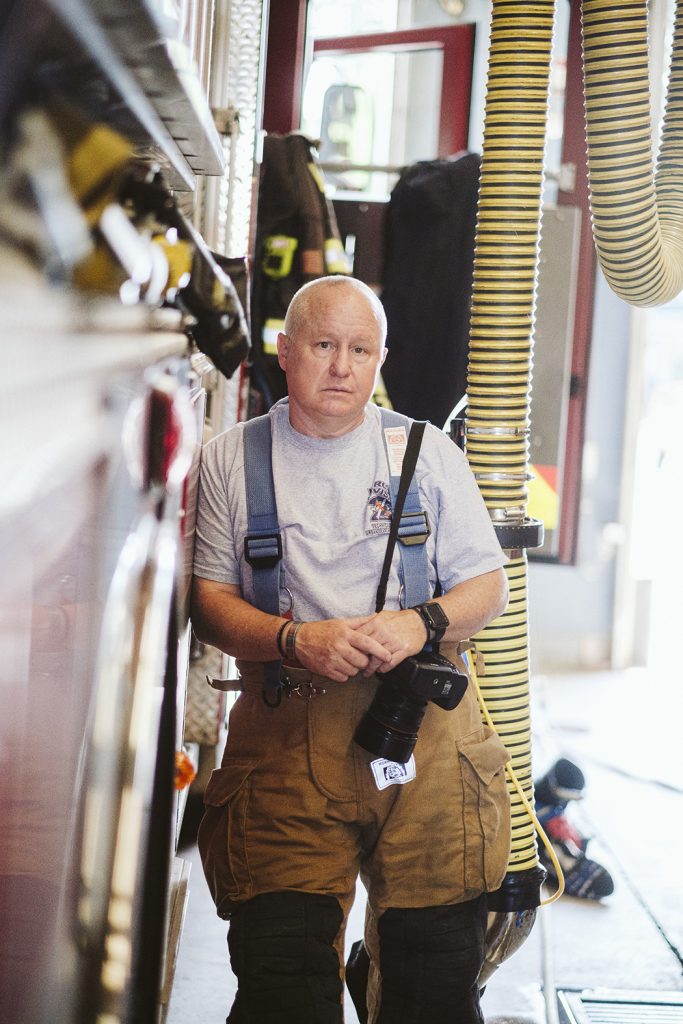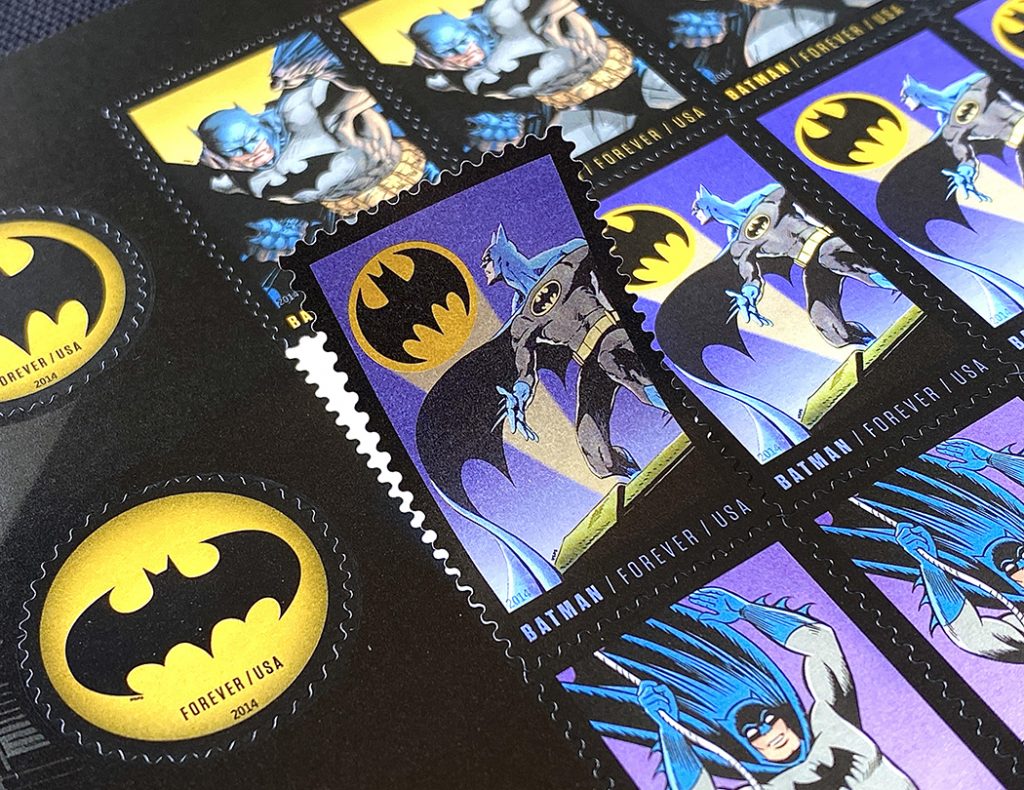Meal-planning, traveling, party outfits—the holidays are stressful enough before you even start thinking about making a list
and checking it twice. So if you’re stumped about what to buy your doesn’t-like-golf-or-beer (#holidaycliches) father-in-law or your already-has-everything best friend, we asked some local folks to give us their tried-and-true gift ideas, from home décor to sweet treats, plus a few things on their own wish lists. Happy holidays!

“Our two go-to gifts are Allens Scottish Shortbread and Trager Brothers Coffee. Both are locally owned and Allens is a Black-owned business, which makes me want to support them even more.”—Robert Radifera, photographer
“My sister is weirdly into tawny port so of course I’ll be consulting Market Street Wineshop humans for their opinions. If she lived in town, I would get her a wine subscription curated by the good minds there.”—PK Ross, owner of Splendora’s Gelato
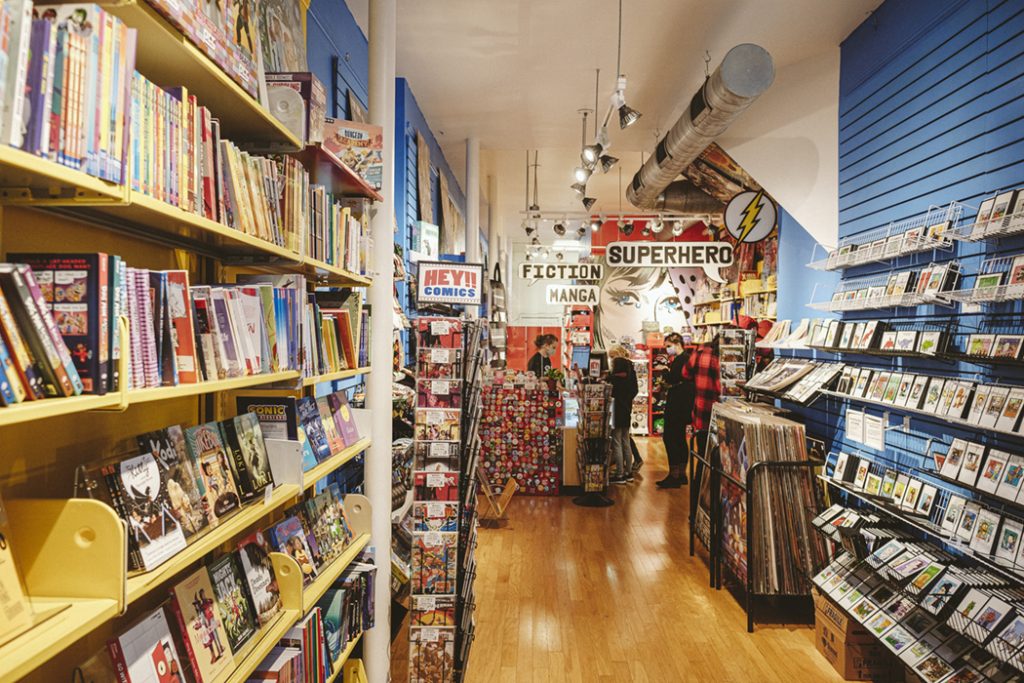
“We love getting our kids things from Alakazam and Telegraph Comics—our kids just tear through graphic novels and manga. I think one place people might not visit enough is The End Games on 29 across from Telegraph; they’ve got a pretty insane selection of board games, table top strategy games, and of course role playing games and all the manuals and accoutrements that go with. The “Stranger Things” fan in your life deserves a D&D starter guide crash course—definitely bought my family some sanity through COVID. The best thing I can imagine is getting Catan 3D from them.”—Hunter Smith, Ten Course Hospitality
“I could buy everything inside of Whimsies, but every time we walk in the store the giant Schylling lava lamp catches my and my daughter’s eye. It has that beautiful OG purple glow to it and it is the perfect size to make any playroom look super funkadelic and vibe great energy.”—Allie Redshaw, owner of Sumac

“La Vache Microcreamery caramels are my go-to gift for the holidays. The fleur de sel is my favorite flavor: a perfect balance of chewy and creamy, with a hint of salt, but the bourbon + vanilla are a close second. They are all locally made by hand, and come in stylish packaging so you don’t have to wrap anything. These make great gifts for teachers and coworkers, and are great to have around as a sweet treat for company.”—Joy Ting, research enologist and exchange coordinator at Virginia Winemakers Research Exchange
“I can’t wait to gift my husband the extra chic Oliver Spencer sweater from our friends at Quattro Tizi! He’s been wanting a half-zip one for a while now, and I always know I can find him something special that he’ll love and wear over and over again from Quattro.”—Linnea White, owner of Darling
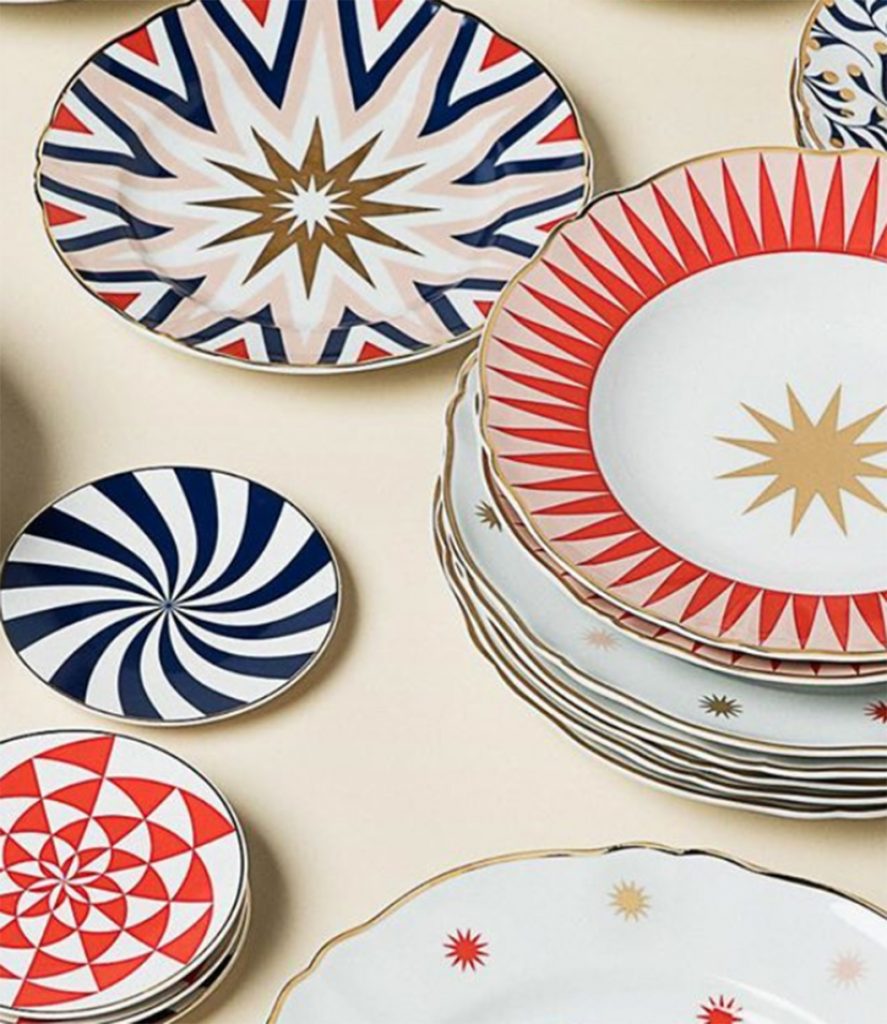
“I’m planning on getting my mother a gorgeous Thunderbolt Dessert Plate from Louise. She collects fun and unique dessert and salad plates and this vibrant plate would be a perfect addition to her collection and features some of her favorite colors.”—Alexandra Bracey, Bracey Designs
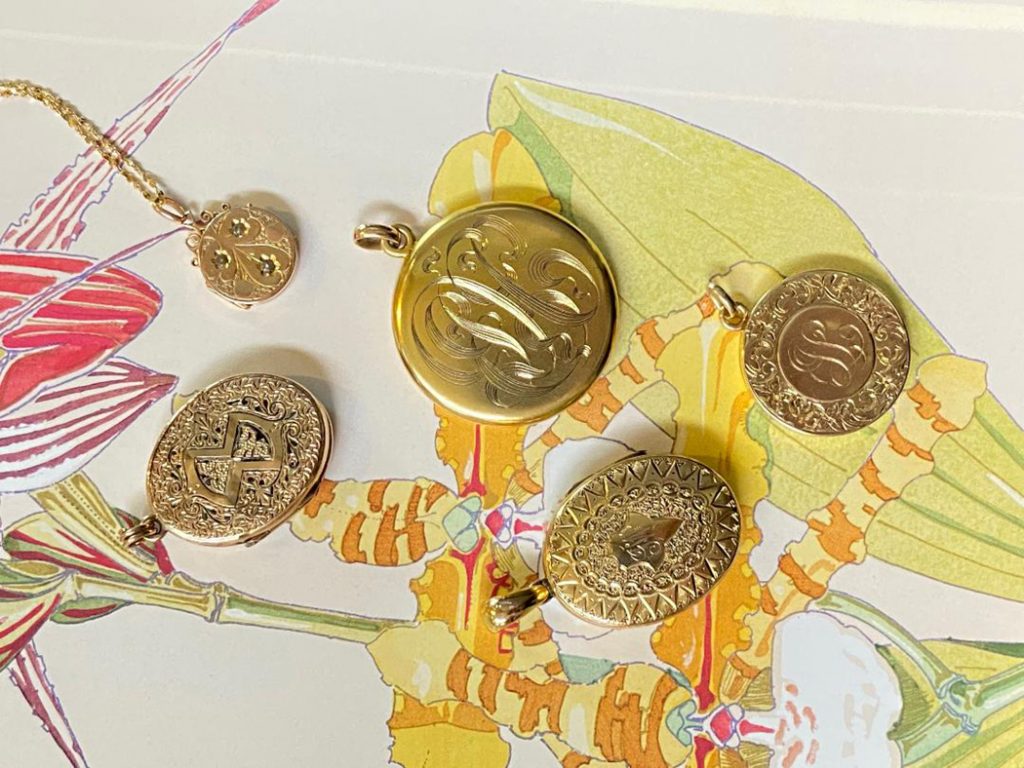
“My wife Amanda loves jewelry! But more than that she loves things that are vintage, beautiful, and have a story to them. Roger at The Jeweler’s Eye always has something that seems to fit her taste, and it’s always fun to chew the fat with that ageless gent. That’s usually my first stop when doing Christmas shopping.”—Micah LeMon, bar manager at The Alley Light

“We love to give foodstuffs, especially as stocking stuffers, host gifts, etc. Some ideas: Jam According to Daniel, La Vache Microcreamery caramels (I pick them up at Be Just), rosemary shortbreads from Found Market, local wine from King Family Vineyards, Early Mountain, and Veritas, as well as Thibaut-Jannison bubbly, and gift certificates to Feast!, The Pie Chest, and Stock Provisions are always popular.”—Andrea Hubbell, realtor at Nest Realty Group

“This year I’m getting the book lovers in my life copies of Jocelyn Johnson’s My Monticello from New Dominion Bookshop. It is an amazing collection of stories from a local author. It is a storytelling feat that challenges the heart and mind.”—Eboni Bugg, director of programs at Charlottesville Area Community Foundation
“I think the best gift anyone can give another person is knowledge. For Black people it should be specific to their lineage and development within the context of being a people whose development was interrupted due to the transatlantic slave trade and the continuing consequences of that. So I have a list of books I need to read, and that I think every Black person should read.”—Leslie M. Scott-Jones, assistant curator of education and public programs at the Jefferson School African American Heritage Center
“I like to go to Angelo to see what Lee Marraccini has that would be a treat for my wife. I don’t go looking for anything specific, though the earrings are usually a winner.”—Gerry Newman, owner of Albemarle Baking Co.

“I plan on scooping up some Cocoa & Spice assorted chocolates as gifts for my family, as well as some Allens Scottish Shortbread. I love being able to shop small minority-owned businesses (Allens) as well as local small women-led businesses (Cocoa) to provide my loved ones with a little taste of where I get to call home. And who says no to delicious chocolates and flaky shortbread?!”—Ashley Reynolds Marshall, J.D., deputy city manager for racial equity, diversity and inclusion
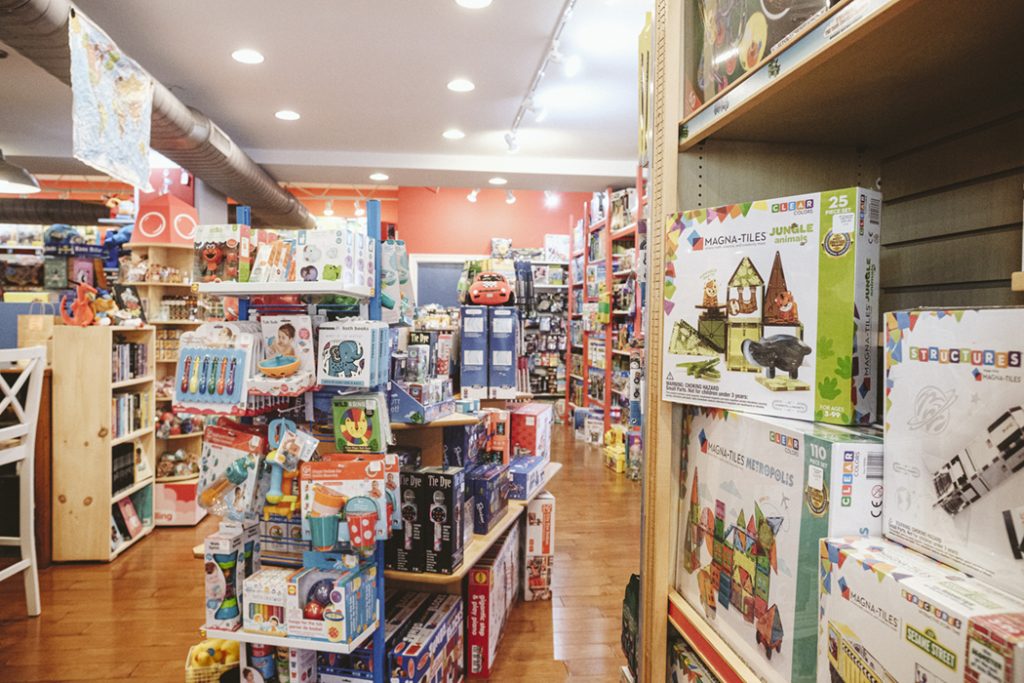
“I’m planning on purchasing more Playmags from Shenanigans for my kids because it seems like they can never have enough of them. They love building houses with them. Here’s a little mom hack for ya: I give them little battery-powered lights that they can use as lights in their houses. They illuminate the Playmags beautifully.”—Britt Davis, artist

“I’ll be buying gifts at Be Just in Belmont. Almost everything there makes a great gift, but I’ll be focusing on their sketchbooks and notebooks. Terrific colorful design and really handy for capturing ideas throughout the day.”—Jeff Bushman, Bushman Dreyfus Architects
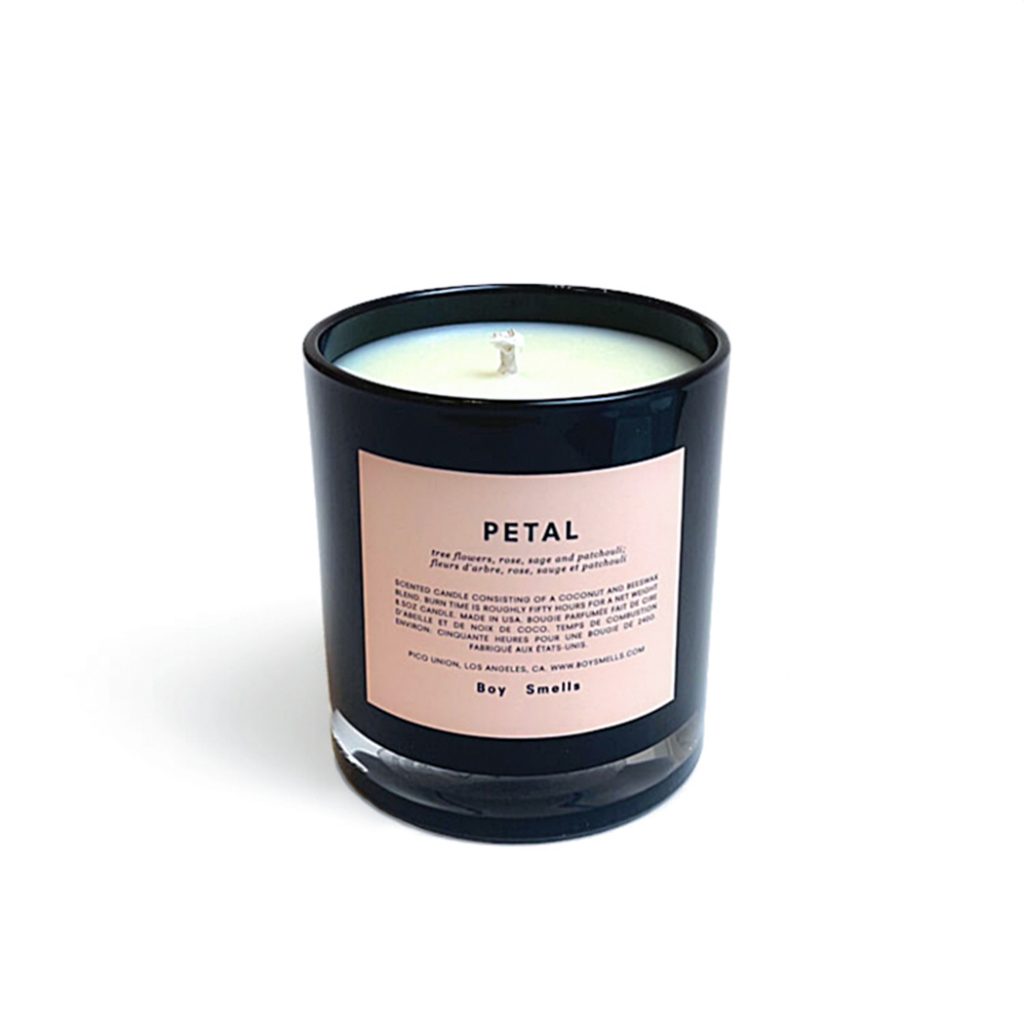
“Boy Smell candle at the Quirk Hotel gift shop. When did hotel gift shops get to so cool? This place is my go-to when I need to get a gift for someone or myself. Super hip little gallery and gift shop off the hotel’s lobby. I love all the art and unique gifts.”—Darryl Nelson Smith, box office manager at Live Arts

“A gift certificate to Keswick, starting with the gem by Jean-Georges. To say we’re obsessed is an understatement. From the local art by Kiki Slaughter, to the incredible views and the sustainable and seasonal menu, we can’t get enough!”—Marilyn Speight, just a little ditty
“I’m choosing a pair of season tickets to the UVA women’s soccer team. Women’s soccer is perennially overshadowed by other sports (including men’s soccer), but the UVA women are consistently in competition for the No. 1 rank in the country and not enough locals know or appreciate this fact. I’d love to see more seats filled in Klöckner Stadium when they play. Let’s do this, Charlottesville!”—Dave Norris, general manager of Charlottesville Parking Center
MAKING A LIST… It’s always better to give than to receive, but that doesn’t mean we shouldn’t treat ourselves. These folks know what they want (and aren’t afraid to share it).
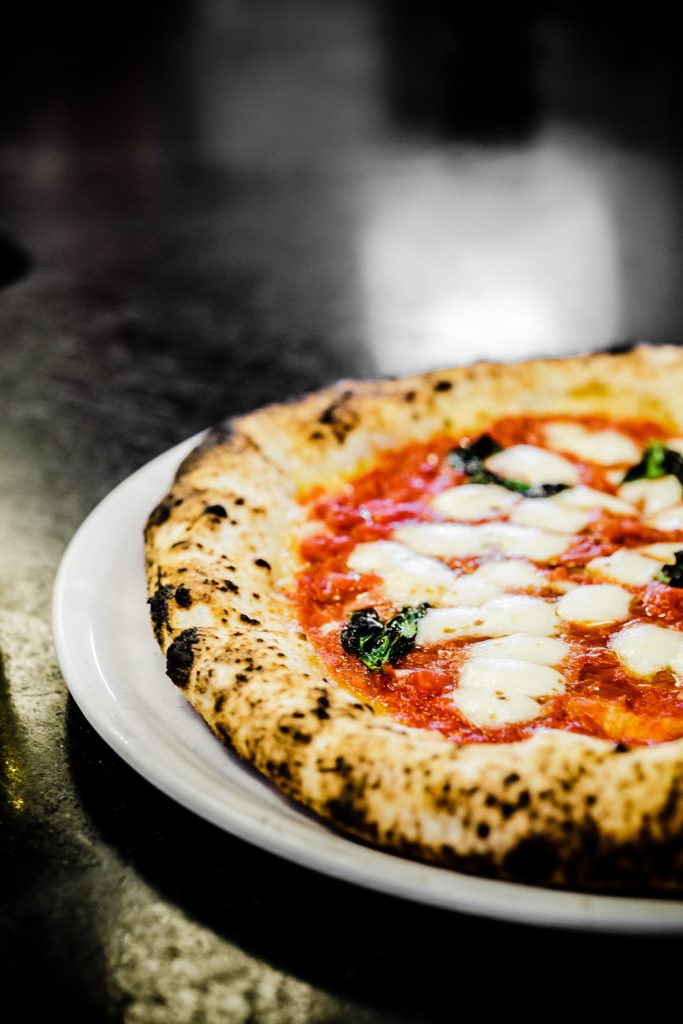
“I’m pretty boring and mostly like tech, video games, and books, so the headphones and home theater sections at Crutchfield are pretty safe for me, plus gift cards to my favorite restaurants that I don’t work at, like The Shack, The Ivy Inn, Lampo(2Go), and the ABC store for a good bottle of old rum.”—Hunter Smith, Champion Hospitality Group

“I could make it a one-for-you-one-for-me shop, and hit up Greenwood Gourmet and grab tins on tins on tins of fish for myself, splurge on a Ramon Peña tin of cockles or Scout Canning mussels while checking out their wine selection. Nina and Dave support tons of local producers, so putting together a Virginia gift basket would be a snap.”—PK Ross, owner of Splendora’s Gelato
“When I have time for ‘hobbies,’ I like to count flower-arranging among them. I’ve given this vase from Louise as a gift and have been eyeing it for myself. The way the light hits the facets is spectacular and it really fits with any décor.”—Alexandra Bracey, Bracey Designs

“A few thoughts: A Furbish needlepoint pillow from Brigid & Bess, Spiegelau champagne coupes from Bottle House (or some great vermouth/bitters), a vintage quilt (or quilt coat) from Folking in Gordonsville. I also love a good gift card/certificate to a nursery for a tress or plants.”—Edward Warwick White, assistant dean of the full-time MBA program and student affairs at University of Virginia Darden School of Business
“I hope to get classes at AKT Charlottesville. They offer dance, tone, bands, and circuit classes that are such incredible workouts. It’s a fun, uplifting community located on Pantops.”—Britt Davis, artist

“I love asking for artwork as a group gift from my family. My collection of work by Sarah Boyts Yoder, Seth Bauserman, and Kevin Sabo has slowly grown over the years. I enjoy looking at our collection and remembering specific years and events surrounding that work of art. I also appreciate a local wine club membership to either a Virginia winery or from our local wine shop, Market Street Wine. It’s nice not to have to make all of the decisions about what to drink and instead leave it to the professionals.”—Tracey Love, Holding Forth
“Kind of boring, but I want a new bathtub for Christmas.”—Deborah McLeod, Chroma Projects Art Laboratory
“Having a December birthday near Christmas (the 21st!) means I often have to really know what I would like or need since the time is so hectic. If my husband or family reads this, I would love to receive letterpress monogrammed stationary from Rock Paper Scissors and a vintage pen from Circa to go with it, and tickets to see both Leslie Odom Jr. and Whitney Cummings (we went to high school together!) at the Paramount.”—Ashley Reynolds Marshall, J.D., deputy city manager for racial equity, diversity and inclusion
“We barbecue all the time and shish kabobs are my favorite thing to grill. I’ve been using the same skewers from my childhood and they have seen better days. This skewer set from Blanc Creatives looks amazing and it supports a local craftsman.”—Jen Fariello, photographer
“Any item from The Barn Swallow. This store is a true décor dream. From all of the handmade local pottery pieces, to the nature-adorned, hand-pressed carved lamps that will take your breath away, to the local bouquets of flowers fresh every day, pick up anything in the artisan gallery, gift it to your best friend or yourself and all will be as it should. The pure Virginia maple syrup by the register makes for a perfect stocking sweetener as well.”—Allie Redshaw, owner of Sumac
